How many tablespoons are in a cup? Master measurement conversions like a pro with this comprehensive guide. Useful charts and tips are included!
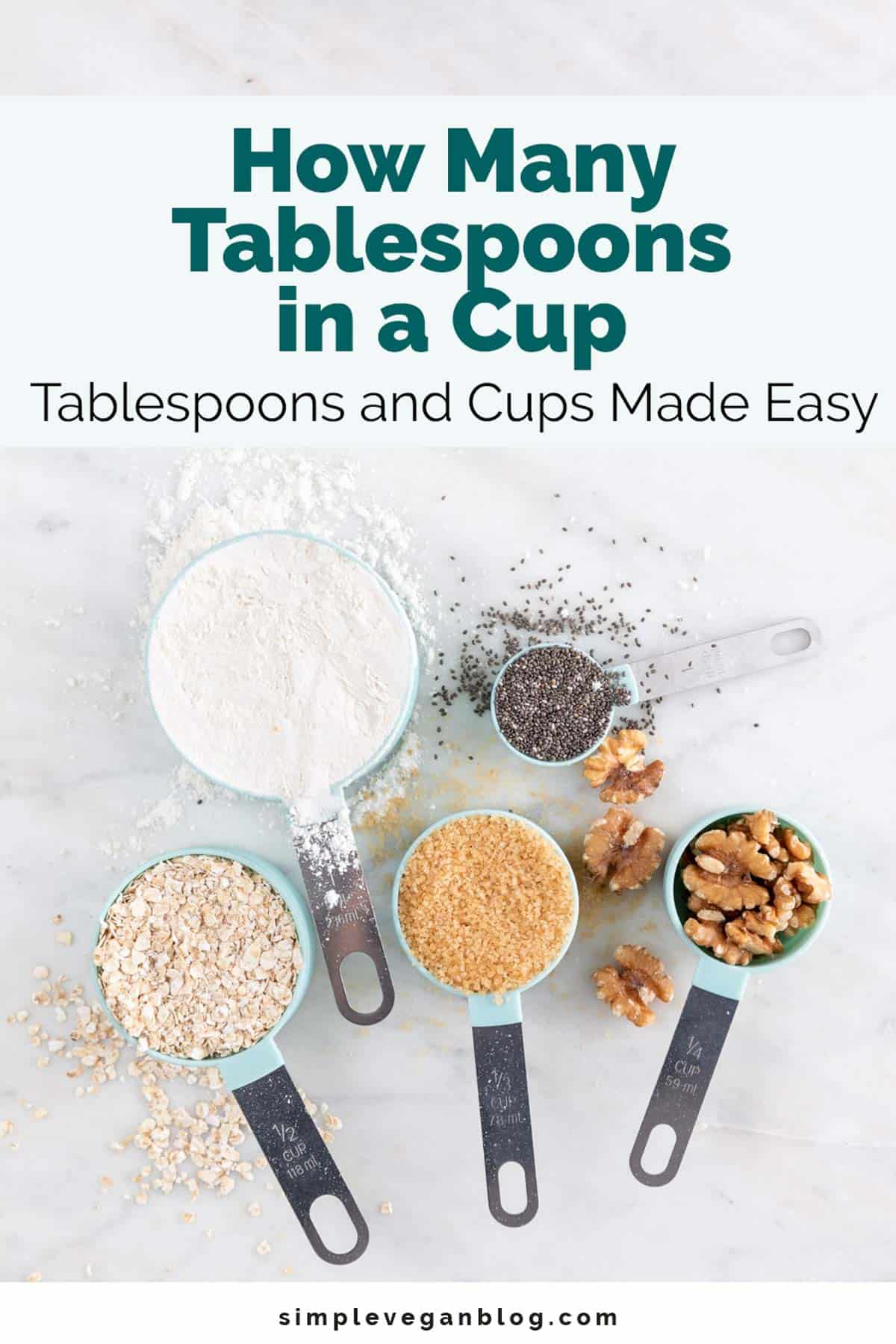
In cooking and baking, precise measurements are essential for success. Understanding how many tablespoons are in a cup is a fundamental conversion that every home cook and baker should know.
When it comes to measuring cups and tablespoons, it's important to keep in mind that sizes and volumes can vary from country to country or even region to region.
This guide will provide you with an easy-to-understand explanation and helpful tips, so you can confidently measure out the ingredients for your next delicious dish.
Jump to:
- 🥄 What is a tablespoon?
- ☕ What is a cup?
- 📏 Imperial vs Metric
- 🇺🇸 The US Customary System (USCS)
- ⚖️ The US legal cup
- 🆚 Metric cup vs Imperial cup
- 📋 Basic tablespoon conversions (tbsp to cup)
- 💦 Measuring liquids
- 💬 How many teaspoons in a tablespoon
- 📐 Tips and tricks for measuring accurately
- ❓FAQs
- 🌟 Conclusions
- 💭 More conversion guides
🥄 What is a tablespoon?
A tablespoon, commonly abbreviated as "tbsp," is a useful unit of measurement in cooking and baking.
It is equivalent to 3 teaspoons or 15 milliliters and is especially handy for measuring and distributing small amounts of ingredients.
To ensure accurate measurements, teaspoons and tablespoons should be filled to the top with no extra space, meaning they should be packed full.
☕ What is a cup?
A cup, commonly abbreviated as "c", is a unit of measurement commonly used in cooking and baking.
A cup is equivalent to 16 tablespoons, 8 fluid ounces, or 237 milliliters, and is typically used for dry ingredients like flour and sugar.
A standard measuring cup should be filled to the top for accurate measurements.
📏 Imperial vs Metric
The Imperial system, used mainly in the United States and the United Kingdom, is based on feet, pounds, and gallons.
The Metric system, used in most other countries, is based on meters, kilograms, and liters.
When it comes to baking-specific measurements, many countries recognize cups, tablespoons, and teaspoons as measurements for volume.
However, the exact sizes of these measurements may differ depending on the country or region.
It's important to pay attention to the measurement units specified in a recipe and to use the appropriate measuring tools to ensure accurate and consistent results.
🇺🇸 The US Customary System (USCS)
The US Customary System (USCS) is a system of measurement used in the United States that includes units for length, weight, capacity, and temperature.
It is based on the British Imperial System, with some differences in the sizes of units.
The US Customary cup is the most commonly used standard measuring system in the United States.
When it comes to cooking and baking, standardized weight measurements are predominantly based on this system.
- 1 US cup = 237 ml (236.5882365 ml to be precise)
- 1 US cup = 16 US tablespoons (tbsp)
- 1 US cup = 15.77 Metric tablespoons (United Kingdom, international)
⚖️ The US legal cup
The US legal cup is a unit of measurement that is defined in United States law as exactly 240 milliliters.
This measurement is slightly different from the US Customary cup, which is commonly used in cooking and baking and is equal to approximately 237 milliliters.
The US legal cup is used primarily in the labeling of food and drink products sold in the United States.
- 1 US legal cup = 240 ml
- 1 US legal cup = 16.23 US tablespoons (tbsp)
- 1 US legal cup = 16 Metric tablespoons (UK, international)
🆚 Metric cup vs Imperial cup
The Metric cup and the Imperial cup are two different units of measurement for volume.
The Metric cup is a unit of volume measurement in the Metric system and is equal to 250 milliliters.
It is commonly used in many countries, including Australia and New Zealand, as well as in some European countries.
The Imperial cup, on the other hand, is a unit of volume measurement in the Imperial system of measurement and is equal to 284.13 milliliters.
It is primarily used in the United Kingdom but is also sometimes used in Canada and some other countries that were formerly part of the British Empire.
The two cups are different in size, with the Imperial cup being slightly larger than the Metric cup. Additionally, they are used in different systems of measurement.
The Metric system is widely used throughout the world, while the Imperial system is primarily used in a few countries, including the United Kingdom and the United States.
- 1 Metric tablespoon (international) = 15 ml
- 1 Metric cup (international) = 250 ml
- 1 Imperial tablespoon = 14.79 ml
- 1 Imperial cup = 284.13 ml
- 1 Metric tablespoon (Australia) = 20 ml
- 1 Metric cup (Australia) = 12.5 Australian tablespoons
📋 Basic tablespoon conversions (tbsp to cup)
As previously mentioned, 1 cup contains 16 tablespoons, which makes it easy to convert between different measurements.
For your convenience, I've included a useful chart below that shows the equivalencies between tablespoons, dry measuring cups, and fluid ounces (fl oz).
| Tablespoons | US Cups | US Fluid ounces |
| 1 tablespoon (3 teaspoons) | 1/16 cup | ½ fl oz |
| 2 tablespoons | ⅛ cup | 1 fl oz |
| 2 tablespoons + 2 teaspoons | ⅙ cup | 1 ⅓ fl oz |
| 4 tablespoons | ¼ cup | 2 fl oz |
| 5 tablespoons + 1 teaspoons | ⅓ cup | 2 ⅔ fl oz |
| 8 tablespoons | ½ cup | 4 fl oz |
| 10 tablespoons + 2 teaspoons | ⅔ cup | 5 ⅓ fl oz |
| 12 tablespoons | ¾ cup | 6 fl oz |
| 16 tablespoons | 1 cup | 8 fl oz |
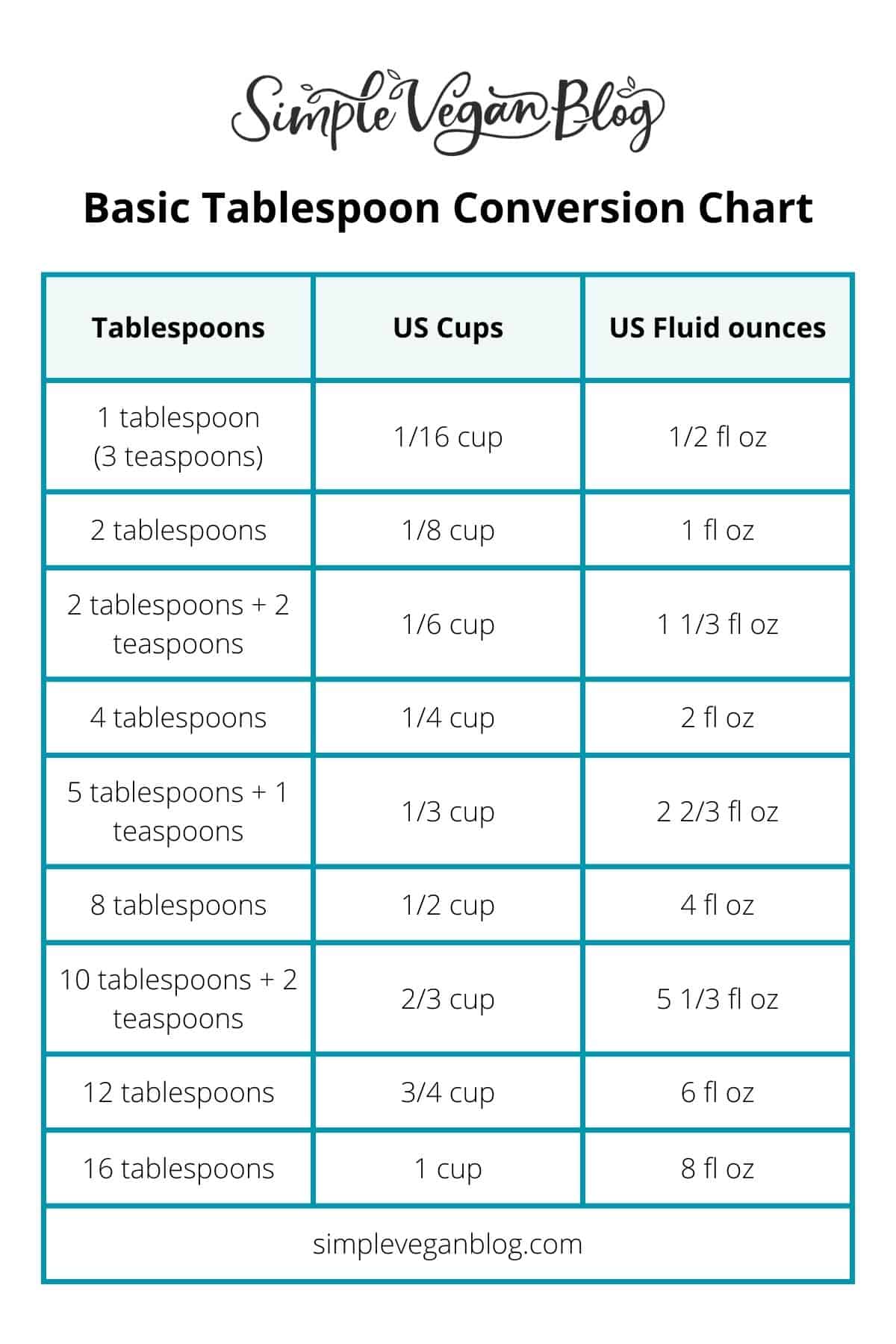
💦 Measuring liquids
When measuring liquid ingredients, it is important to use the correct measuring cup to ensure accurate results.
Liquid measuring cups are different from dry ingredient measuring cups, and it is recommended to use separate cups for each.
Measuring liquid ounces is relatively easy, as 8 fluid ounces of water will always weigh exactly 8 ounces on a scale.
Wet ingredients can be a bit trickier to measure than dry ingredients. While some liquids will fill the space of a measuring cup at room temperature, others may need to be heated or melted before measuring.
For instance, solid fats like butter, margarine, and shortening should be melted before measuring.
Here is a handy chart for converting fluid ounces to other common liquid measurements:
| Fluid Ounces (US fl oz) | Cups |
| 1 fl oz | ⅛ cup (or 2 tablespoons) |
| 2 fl oz | ¼ cup |
| 4 fl oz | ½ cup |
| 6 fl oz | ¾ cup |
| 8 fl oz | 1 cup |
| 12 fl oz | 1 ½ cup |
| 16 fl oz | 2 cups (or 1 pint) |
| 32 fl oz | 4 cups (o 1 quart) |
| 128 fl oz | 16 cups (or 1 gallon) |
💬 How many teaspoons in a tablespoon
In most countries, including the United States, United Kingdom, and Australia, there are 3 teaspoons in one tablespoon.
- 1 tablespoon = 3 teaspoons
- ½ tablespoon = 1 ½ teaspoon
If you require to measure quantities smaller than a teaspoon, measuring spoons of ½ and ¼ size can be used.
For even smaller amounts, a "pinch" can be used, which ranges between 1/16 and ⅛ teaspoon, measured by picking up a tiny amount between the thumb and index finger.
A "dash" is equivalent to a pinch in liquid measurement, about ⅛ of a teaspoon.
For measuring 1/32 teaspoon, a "smidge" can be used, which is a tiny amount between the thumb and the tip of the index finger.
📐 Tips and tricks for measuring accurately
- When it comes to baking, precise measurements are crucial for the success of the recipe.
- While a kitchen scale is the most accurate way to measure ingredients, measuring cups and spoons can also be used.
- To ensure accuracy, it's important to measure ingredients before sifting if the recipe calls for it.
- When using measuring cups, fill them to the top and level off with a knife. Use the same type of measuring cups and spoons throughout the recipe for consistency.
- Additionally, when measuring dry ingredients, fluff them up with a spoon and then level off the top for accurate measurement.
❓FAQs
There are 4 tablespoons in ¼ cup.
There are 16 tablespoons in a cup of flour.
One stick of butter is equivalent to 8 tablespoons or ½ cup. When a recipe requires one cup of butter, you will need to use two sticks of butter or 16 tablespoons.
For a plant-based alternative to butter, try my delicious vegan butter recipe, which is extremely easy to make!
In the UK, one cup is equivalent to approximately 284 milliliters, and one tablespoon is equivalent to 17.75 milliliters. Therefore, there are approximately 16 tablespoons in one cup in the UK.
In Australia, a tablespoon is commonly measured as 20 ml, while an Australian cup remains at a standard volume of 250 ml, so it contains 12.5 Australian tablespoons.
🌟 Conclusions
- Precise measurements are crucial for cooking and baking success.
- Measuring cups and tablespoons sizes can vary, so use appropriate tools and pay attention to the units specified in the recipe.
- A tablespoon equals 3 teaspoons or 15 milliliters, while a cup equals 16 tablespoons, 8 fluid ounces, or 237 milliliters.
- US customary system is commonly used for measuring in the US, and weight measurements are based on it.
- The Metric and Imperial cups are different units of measurement, so be aware of which one is being used in a recipe to avoid errors.

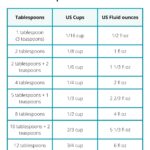
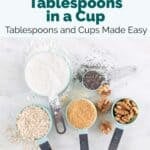
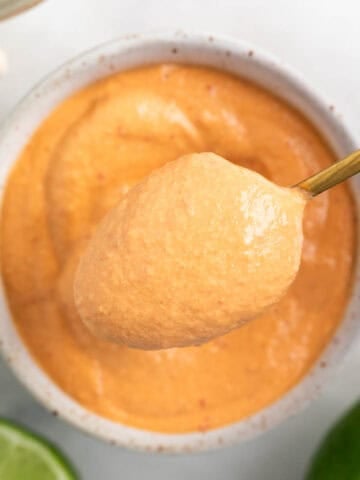
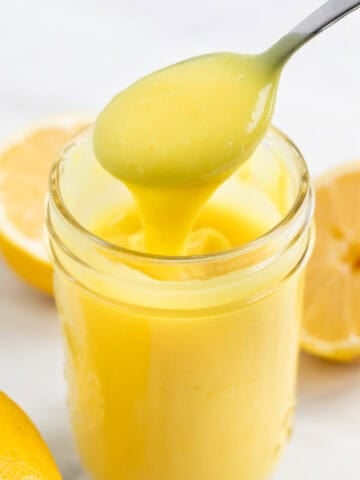
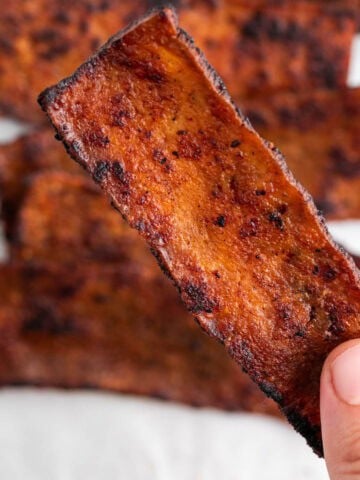
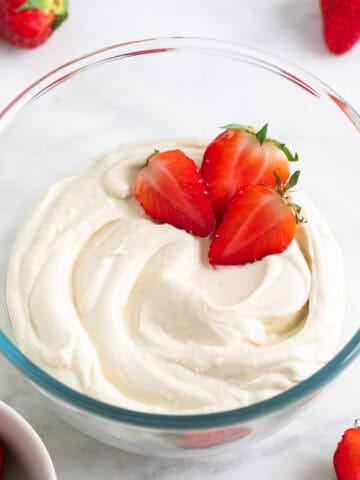
Leave a Reply